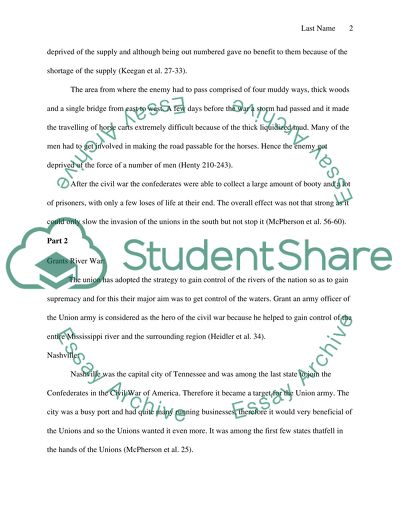Cite this document
(“The most prominent battles of the Civil War of America Essay”, n.d.)
Retrieved from https://studentshare.org/history/1614750-civil-war
Retrieved from https://studentshare.org/history/1614750-civil-war
(The Most Prominent Battles of the Civil War of America Essay)
https://studentshare.org/history/1614750-civil-war.
https://studentshare.org/history/1614750-civil-war.
“The Most Prominent Battles of the Civil War of America Essay”, n.d. https://studentshare.org/history/1614750-civil-war.


